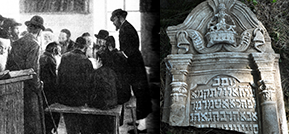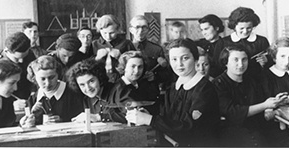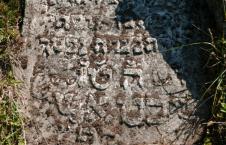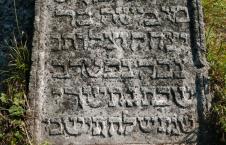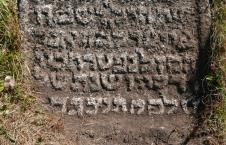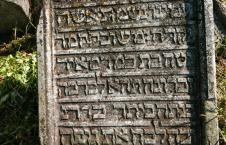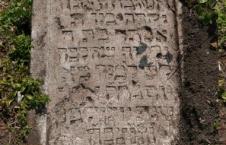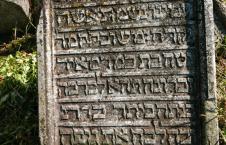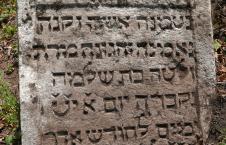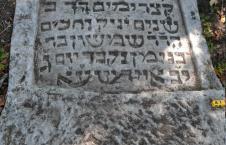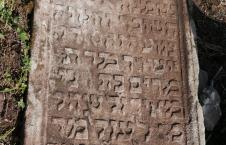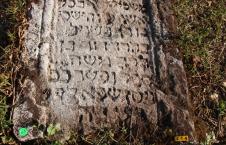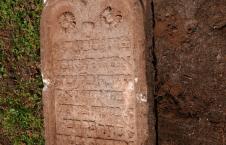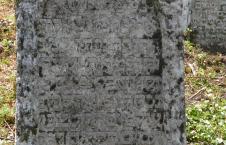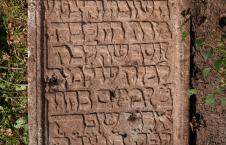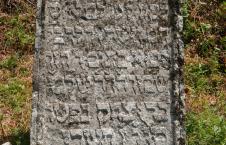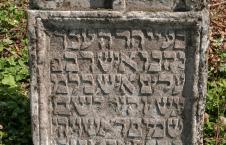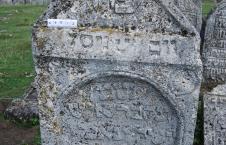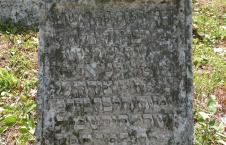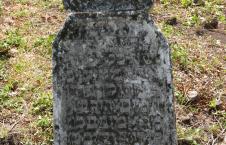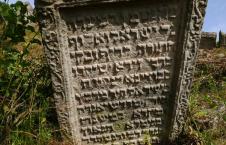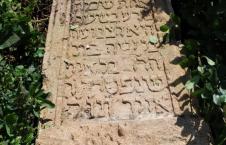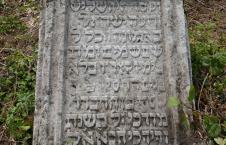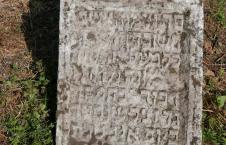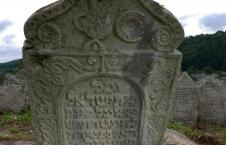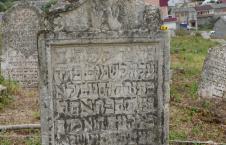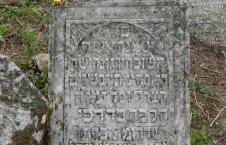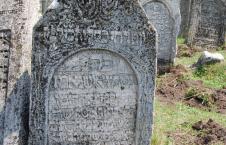Jews first came to Eastern Galicia in the period of the Principality of Galicia–Volhynia in the 11th and 12 centuries, but growing as organized communities only occurred after the annexation of the region by the Kingdom of Poland in the second half of the 14th century. These new communities rose in the wake of massive Jewish emigration from the Ashkenaz lands- Germany and Bohemia. First material evidence to the existence of communities in Galicia such as synagogues and cemeteries belong to this period, their style and shape attest to the clear effects of an Ashkenazi heritage.
By the beginning of the 20th century a few Jewish tombstones from the 14th century which were discovered in old cemeteries in Galicia were noted in research literature (the most ancient one was found in Lwow and is from 1348), but none of them survived to this day. Today the earliest dated tombstones known to us are mostly from the period after the Cossack Riots in 1648, when the communities which were devastated started to recover. In light of this the findings of the JGB documentation delegations are of high significance. In the seasons of 2017 and 2019 during the work at the cemeteries of the towns Busk and Buchach dozens of tombstones from the end of the 16th century to the first half of the 17th century were discovered and documented by the delegations researchers. These impressive tombstones, most of them unknown to researchers beforehand, turn new light on the lives of the Jewish communities of Galicia in the Middle Ages and attest to their cultural and economic prosperity.
The pictures in this gallery were taken by Dr. Boris Khaimovich, the head of the delegations, at the cemeteries of Busk, Buchach and Pidhaitsi during the documentation work.


